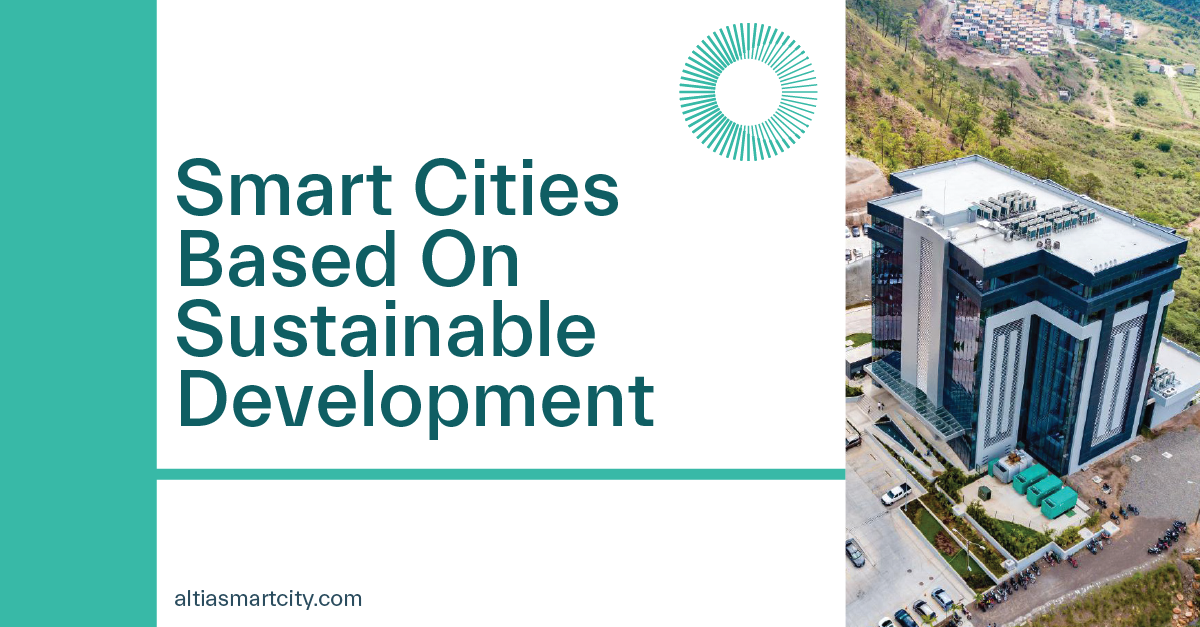Smart Cities Based On Sustainable Development
Jul 01, 2022

In the context of the United Nations Climate Change Conference 2021 (COP26), held in Glasgow in October last year, the fact that companies and business complexes are energy positive in the next decade. In this sense, smart cities do not seem to have much to do with the energy transition, but they have promising potential with respect to it to obtain great environmental benefits.
There are few business parks and smart cities in the Central American region, but if there are, there is one in particular that proves that sustainability combined with business opportunities is possible. Altia Smart City is one of the flagship projects of GK, the leading company in the textile and real estate projects sector, with a presence in Honduras, Guatemala, Mexico, and the United States, and was designed to house the main IT companies, call centers, and BPO and ITO companies.
Altia Smart City, both in San Pedro Sula and Tegucigalpa, has shown that it has the necessary potential to lead a whole new configuration of sustainable and environmentally friendly workspaces. Emerging from the vision of Mohammad Yusuf Amdani Bai, Chairman of the Board of Directors of GK, the complex is a pioneer in the next generation of real estate development, paving the way for the fusion of innovation and sustainability.
Altia Smart City is based on the sustainable development of its facilities
These smart cities or corporate spaces have transformed the outsourcing industry in Honduras, by integrating many essential components to a workplace, such as: business towers, a University, a residential complex, a shopping center, and a corporate zone of recreation for employees.
Its sustainability is based on four pillars:
- Conserving Water: Water is conserved through a variety of means including cleaning and recycling wastewater, and installing building-by-building rainwater catchments. In addition, the use and supply of water is monitored.
- Energy efficiency: Energy efficiency can be increased in a number of ways: by orienting buildings to take full advantage of seasonal changes in the position of the sun, or by using diversified and regionally appropriate energy sources, which can, depending on location geographic, include solar, wind, geothermal, biomass, water, or natural gas.
- Material selection: This means that the materials used in the complex are recycled or renewable, and those that require the least amount of energy to manufacture. Ideally, they should be locally sourced and free of harmful chemicals. They are made from non-polluting raw materials and are durable and recyclable.
- Indoor environmental quality: this aspect addresses the issues that influence how the individual feels in a space, and involves characteristics such as the feeling of control over personal space, ventilation, temperature control, and the use of materials in the workplace that do not emit toxic gases.
For Altia Smart City, the sustainable development of the site implies, whenever possible, the reuse of existing buildings and the preservation of the surrounding environment. In Altia, the incorporation of earth shelters, gardens and green areas is encouraged, as well as the most extensive vegetation possible around the buildings.

